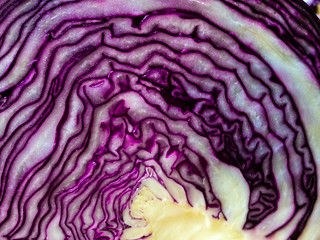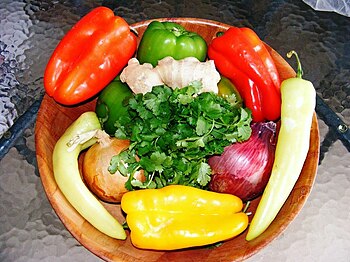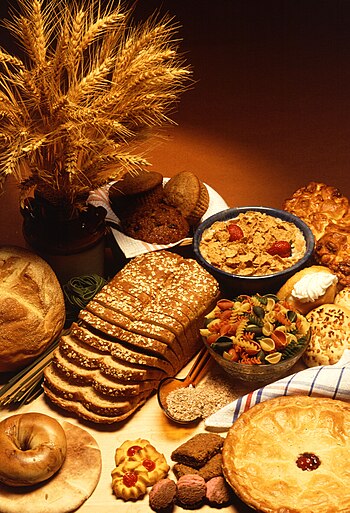In today’s busy world it’s getting more difficult for families to find the time to sit down at the dinner table together. There's homework to do, deadlines to meet, and often very little time to breathe let alone cook a big meal! Italian cuisine may be intimidating because some of the meals look very time consuming. But, don't despair. There are ways to fit even Italian cooking into your schedule - and actually many Italian recipes are quite simple. Although there is no way to add any extra hours to the day, there are ways to take the stress out of cooking a big meal. Let's take a look at ideas to make the preparation quick and easy for families on the go.
Find Simple Go-To Recipes
There are a ton of three and four ingredient Italian recipes out there. These meals require little preparation and time but end up tasting like you spent hours in the kitchen. You don’t have to waste a lot of time figuring out what spices and seasonings to use, and you don't have to travel to a dozen different specialty stores to find the ingredients. Let the freshness of a few simple, high-quality ingredients speak for themselves.
The dish most of us call 'spaghetti' literally requires only spaghetti pasta and sauce. Nothing more. You can embellish the sauce as much as you like, and have time for. But a sauce made Italian style would be very simple; tomatoes, seasonings, onion, garlic, and meat if you like. It takes less time to prepare this dish then it would to drive to and wait in line at a fast food place.
For hot weather, enjoy a quick cold Italian pasta salad. Use a sturdy pasta, like penne, and mix it with Italian salad dressing and olive oil, then add other ingredients you have on hand. You can toss in cooked chicken, seafood, onion, celery, bell peppers, and olives, then sprinkle with oregano or basil and Parmesan cheese and dinner is done, all in a matter of minutes. Keep a few basic ingredients on hand at all times and you can put together a pasta salad any time.
Put Your Slow Cooker to Work
The slow cooker has been around for quite some time helping busy families survive the hectic dinner hour. You can turn just about any Italian meal into a slow cooked feast with very little preparation. And that bit of preparation will pay off, because coming home to a meal that is ready to enjoy just eases that stress away.
Thinking again of our simple recipes, the slow cooker is the perfect way to prepare a sauce for your spaghetti meal. Throw in your ingredients, and, as they say, “set it and forget it.” When you come home, cook your spaghetti and dinner is ready. For the Italian pasta salad, put chicken in the slow cooker in the morning, seasoned with oregano, basil, thyme and rosemary, and when you come home it will be ready to cut up and toss into your cooked pasta. You can even make a simplified chicken cacciatore in the slow cooker using fresh marinara sauce, mushrooms, onion, celery, and Italian seasonings.
Although the slow cooker isn't well suited to cook most pasta, there are some recipes that work, such as lasagne using the large noodles. But, even if you have to cook the pasta for a meal when you come home, it takes only a few minutes. Put the pot on to boil, drop in the pasta, and by the time you've sorted the school backpacks and signed a few permission slips, the pasta is ready. Putting your slow cooker to work making Italian meals will not only help you maintain your sanity, but will allow you time to spend with your family instead of fretting over what to serve for dinner.
Healthy Meals Made Fast & Easy
If it seems like eating healthy takes too much time, take another look at Italian cooking. You might be surprised at how healthy Italian cuisine actually is. When you picture a plate of lasagne or spaghetti, the word 'healthy' may not be the first thing you think. However, when you break down the elements of a good Italian recipe, you find the ingredients to be quite healthy.
|
|
| Spaghetti all' arrabbiata (Photo credit: Wikipedia) |
With ingredients like tomatoes, mushrooms, onions, celery, bell peppers, artichokes, olive oil, fresh herbs, seafood, fish, chicken, and lean meats, it's easy to see how healthy Italian cooking can be. But, can this healthy cooking be easy, too? Yes. By following the tips we've discussed – finding simple recipes and putting the slow cooker to work – you can put together a few healthy ingredients fast and have dinner ready when you are.
Now you can skip the fast food racket. Although fast food may seem like the quick and easy fix when you're short on time, in the long run it’s unhealthy and expensive. Instead, stock up on whole grain pastas, fresh or frozen vegetables, olive oil, and plenty of herbs and seasonings. You'll be able to whip up healthy Italian meals in minutes with just a few basic recipes.
And don't forget to involve your whole family in the cooking process. After all, the idea behind cooking fast and easy Italian meals is so you have more time to spend with your family. What better way to do that than having a little help in the kitchen? And what better way to enjoy meals that are both healthy and delicious than learning how to cook Italian style? You will be able to give your family the nutrition they need without taking away the hearty, rich taste everybody loves about Italian cuisine.
Be sure to check back here later this week for some delicious and simple Italian recipes!
These Cookbooks Contain Lots of Easy Italian Recipes:


























